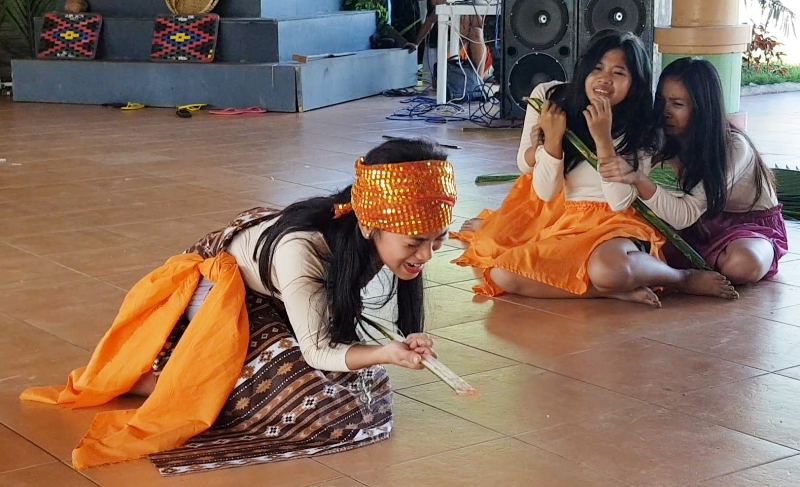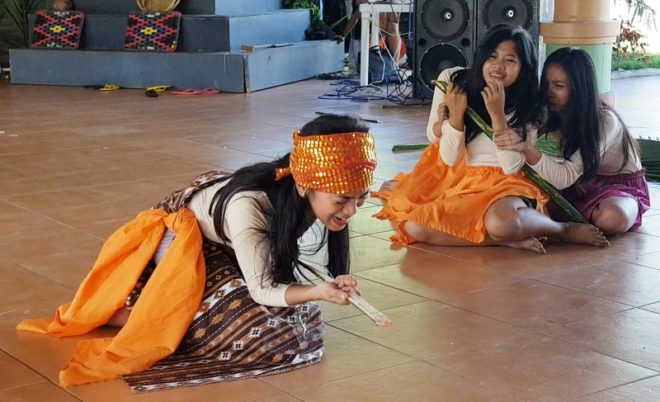
It has been four years since Bohol was hit by a 7.2-magnitude earthquake—the strongest in the Philippines in 23 years. The disaster has changed not only the landscape of the small but very beautiful province but also changed the lives of 1.3 million Boholanos residing there or based in nearby Cebu and other parts of the Visayas and Mindanao.
What didn’t change, however, was the faith and resilience of the Boholanos. Gone may be their foremost pride—their centuries-old churches—and their personal properties; but the disaster didn’t dampen their spirit. Whatever sense of loss and grief they felt, they banished, quickly rallying and coming forth stronger.
Right after the Oct. 15, 2013, earthquake, the cultural sector led by Kasing Sining and Process Bohol looked for a developmental campaign that would help restore, rebuild and revitalize local communities by harnessing their cultural assets.
Thus, Bokag, or Bol-anong Kabilin Atong Gibahandi (Boholano Heritage, We Treasure), program was born. Bokag also refers to the native basket, which reflects the Boholano values of strength, creativity and craftsmanship.
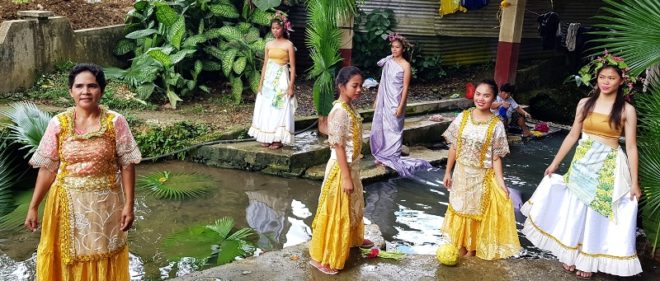
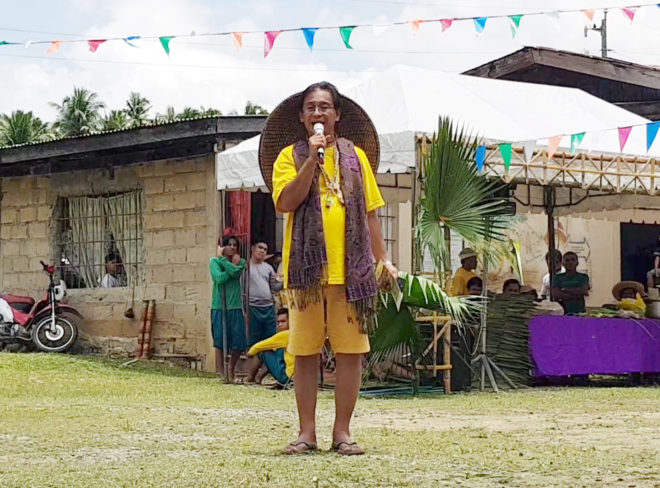
According to award-winning music director and Bohol culture maven Lutgardo “Gardy” Labad, Bokag aims to equip select artists, cultural workers, and community crafts and heritage practitioners in Loon, Maribojoc, Cortes, Antequera, Balilihan, Baclayon and Tagbilaran City the appropriate knowledge and skills to identify their local heritage assets, develop innovative creative products and services, and generate sustainable livelihood initiatives to enhance their quality of life.
Sustainability
While there have been a multitude of cultural projects in the past, these have fallen short of becoming truly sustainable, observed Labad.
“Despite the logistical support of the National Commission for Culture and the Arts (NCCA), foreign agencies, and local governments, most of the projects were not sustained by the local communities,” Labad said.
“Many of these initiatives have also been at the mercy of cycles of political administrations, especially if cultural programs are way below their priorities or are not their priorities at all.”
Bokag should change that and, as a taste of what is yet to come, the Inquirer was invited to Bohol to experience exactly what the program had to offer to both locals and tourists.
In Balilihan, we watched a play depicting the town’s history. Through “Balay sa Iring,” audiences empathized with the people and shared their grief at the destruction of the town by the American invaders during the 1900s. After the show, audiences partook of refreshment via local delicacies at Hardin sa Balilihan.
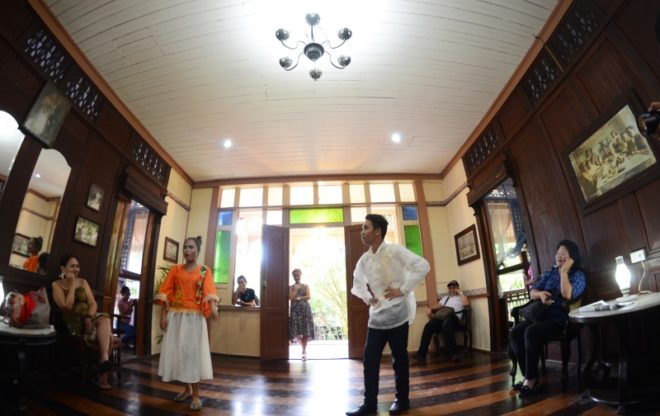
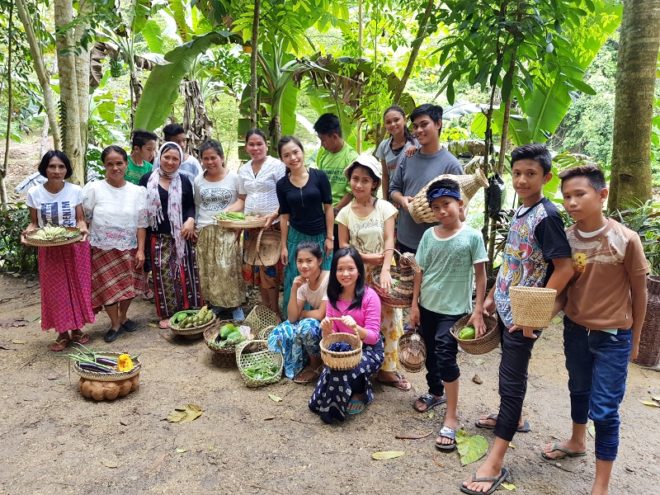
Tagbilaran has the Balili Ancestral Home, where guests can be part of a tertulia (traditional informal social gathering especially from the Spanish era) of kundiman, balitaw and other favorite harana songs.
In Loon lie the ruins of the 260-year-old Church of Our Lady of Light, which was destroyed by the earthquake. Bokag said it conducts a coastal heritage journey through a 212-step stairway that leads to a local theater where poetry, arts and the dancing of kuradang await tourists.
Floating market
Meanwhile, Cortes has a floating market where tourists can meet the fisherfolk and nipa gatherers of Abatan river. A youth theater stages the dance drama about Bohol heroine Wadji and her battle with bandits.
Tourists may take a dip at Antequera’s cool waters at the Inambacan cave. Afterward they can enjoy massage and natural healing by Tamblot, a babaylan.
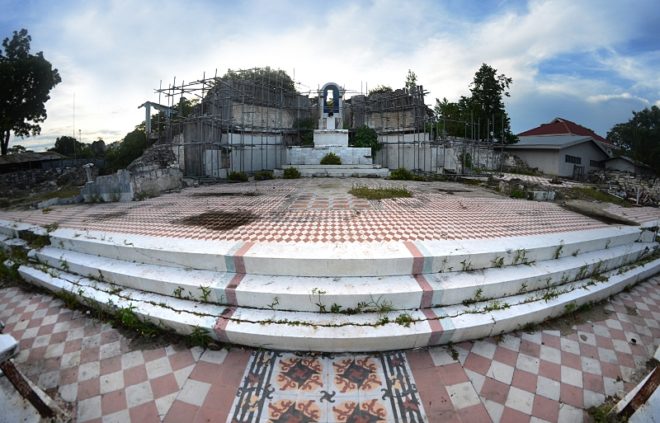
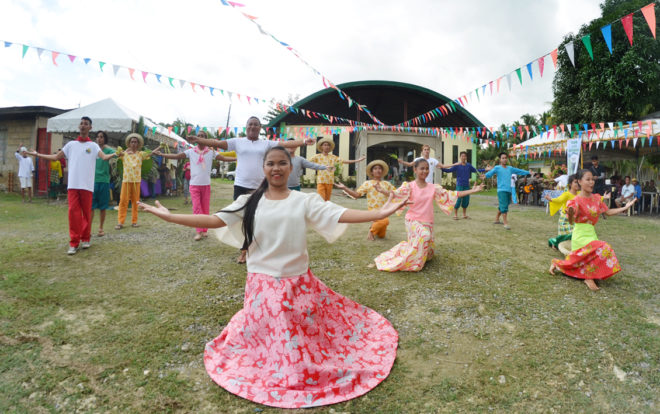
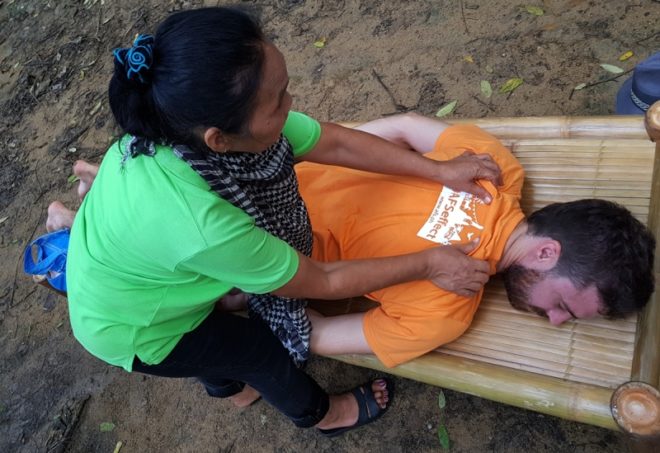
Tourists who are curious about the rice-production process may want to watch an actual demo in Maribojoc—from planting to harvesting, drying, pounding and winnowing. Then they can join the locals in giving thanks to San Isidro Labrador, patron saint of farmers, in a basaw thanksgiving dance.
The day can end in Baclayon with a visit to a well-preserved karaang balay (ancestral house) and admiring artifacts of an era gone by. Take part in a traditional market that ends in a visual and culinary feast at the baluarte.
“Bokag is a program we have been waiting for in our province of Bohol,” said Labad. “We were inspired by three conceptual development models which are social entrepreneurship, assets-based community development, and sustainable integrated area development.”
Should Bokag prove successful in Bohol, Labad said, people are hopeful that the program would usher in a cultural renaissance not just in the province but in the entire country as well.
Bokag is a collaboration between the NCCA, Process Bohol, Kasing Sining, Gov. Edgar Chatto and the Bohol provincial government, and the seven municipalities with their mayors.

